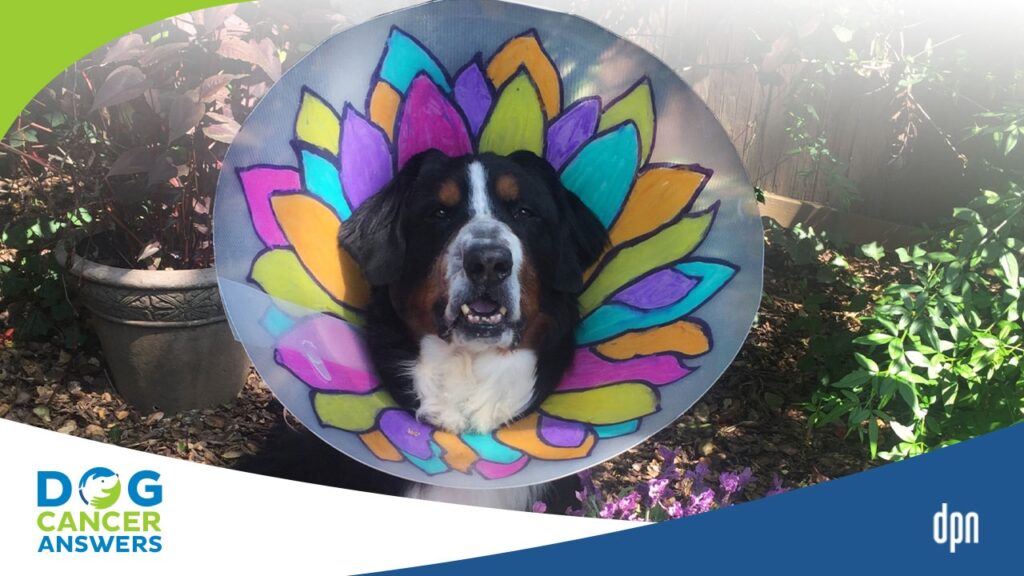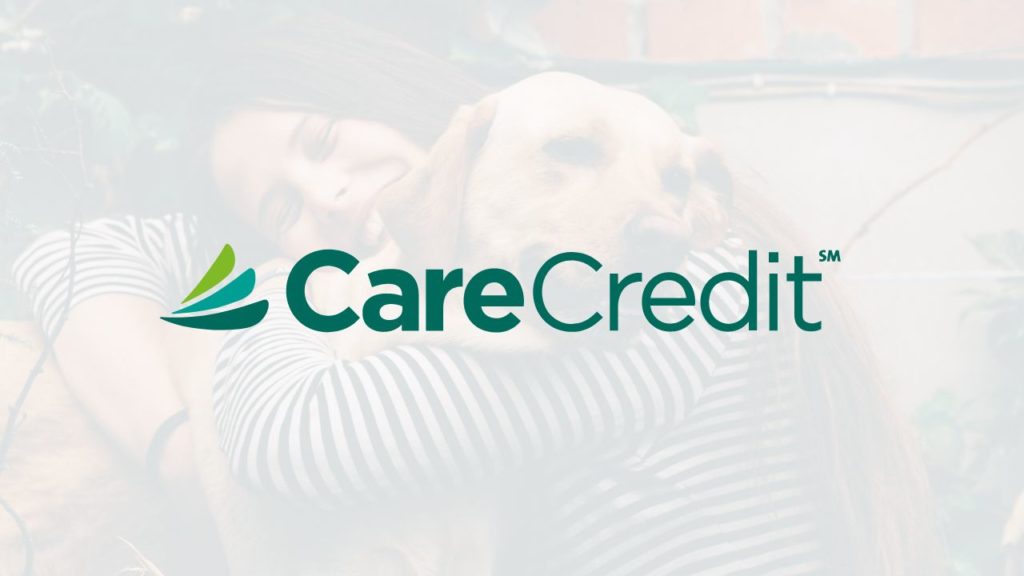Pet health insurance is an excellent way to protect yourself from large, unexpected expenses and to remove finances from the equation when making tough medical decisions for your dog.
Key Takeaways
- The vast majority of Americans do not have pet insurance, but that is changing as veterinary costs go up and dogs are treated more and more like family members. Having insurance can help you focus on treating, not on paying for, an illness.
- Monthly costs for pet insurance plans vary widely depending upon the plan, deductible, and whether your plan covers routine care and/or major illnesses and accidents.
- It’s always a good idea to set money aside for emergencies, but if you have pet insurance and your plan covers major illnesses, you can think of your monthly premium as an investment in future peace of mind.
- The earlier you get your pet insurance, the better, because pet insurance considers whether an illness is pre-existing or not when covering it. If your dog already has cancer before you apply, pet insurance will probably not cover the expenses.
- There are two main types of pet insurance plans: those that cover expenses from major accidents or illnesses and wellness plans that cover routine care expenses. Depending upon the type of plan you choose, you might still have out-of-pocket expenses.
Yes, there is such a thing as pet insurance.
Like health insurance for people, pet insurance is designed to offset high costs for healthcare, especially for emergency and specialty care.
How Pet Insurance Works
Pet insurance is more straightforward than the complicated health insurance plans we must deal with on the human side. Though the details will vary, most companies offer plans with the following basic scheme:
- Premium: This is the amount you pay monthly or annually for your dog’s plan.
- Deductible: This is the amount you are responsible for paying regardless of how much the bill is. This may be per incident or per year, depending on your plan.
- Reimbursement: This is the amount or percentage you will be reimbursed for your dog’s veterinary bills, after the deductible and expenses that are not covered are subtracted.
Some companies have set plans with set premiums. Others offer more options so that you can choose your deductible and reimbursement amount, which may raise or lower your premium depending on the plan you choose.
Most insurance companies reimburse you directly. When your dog receives care from a veterinarian, you are responsible for paying the bill up front, and then you submit a claim to your insurance company. The insurance company will examine your claim and itemized invoice, and after subtracting your deductible and any expenses that are not covered (such as exam fees), you will then be reimbursed for the covered expenses at the percentage allowed by your plan.
Some companies will now pay the veterinary clinic directly, so you only have to pay your portion of the bill up front and do not have to wait for reimbursement.
Types of Pet Insurance Plans
In recent years there has been a huge influx of pet insurance companies entering the market, which has provided more variety in plans and their costs. Still, the most common types of plans are designed to cover expenses arising from major accidents or illnesses, rather than preventative care.
With more competition, however, some companies have started to offer plans that do cover preventative care. Similarly, some veterinary hospitals are also offering wellness plans. These plans are designed to help spread out routine expenses over the course of a year.
These wellness plans require a monthly or annual payment which covers expected routine care, such as physical exams and vaccines.
Some wellness plans may cover dental cleanings, diagnostic tests like bloodwork, fecal exams, and ear swabs, but exact coverage can vary widely between plans.
While these types of plans may help offset routine expenses and partially cover minor illnesses, most of them do not cover major expenses arising from emergency or specialty care.
How Pet Health Insurance Helps
Emergency or specialty care required for illnesses or accidents can get expensive quickly. Pet insurance helps offset these costs and can also eliminate financial pressure when making tough medical decisions for your dog.
For example, if your dog is diagnosed with a very treatable cancer, but treatment costs are outside of your financial means, pet insurance can help offset these costs and, in some cases, even cover most of the costs.
Is Dog Cancer Covered by Pet Insurance?
One major consideration for pet insurance is that most plans do not cover pre-existing conditions, so the ideal time to enroll your dog in a plan is as soon as you get him or her.
Most plans do cover cancer tests and treatments, but some plans may have caps on spending or age limits for coverage. Be sure to evaluate this when you are researching plans for your dog.
If your dog is already sick, you may not be able to find an insurance plan that will cover your expenses.
Diana Gerba spent $60,000 on her dog Tesoro's cancer treatments ... and everything was paid for by pet insurance! Listen to their amazing story on this episode of DOG CANCER ANSWERS.
Evaluating Providers and Plans
Since options for providers and plans have exploded in recent years, the market is much more competitive. This can be overwhelming when researching the plan that is best for you.
Things to Look For in a Pet Insurance Plan
When considering pet insurance, we recommend the first thing you do is take a realistic look at your specific financial situation to help determine what type of plan will be most beneficial for you.
- Are you able to cover a major one-time accident or illness?
- Are you able to cover the expenses associated with managing a chronic illness?
Only you can answer these questions for yourself.
Once you have a good picture of your finances, the next thing to consider is how companies differ in the plans they offer. There is such a variety of plans and premiums across companies – don’t immediately jump to the plan with the cheapest premium, but first, make sure the plan offers the type of coverage you need.
Also, look at how premiums change based on the deductible and reimbursement to figure out what is the best option for your financial situation.
Another thing to remember is that your premiums will likely increase as your dog ages. Pay attention to this, as it is often not practical to switch companies after coverage has started because pre-existing conditions are not covered.
Dr. Amanda Hensley explains why she thinks every pet should be insured on DOG CANCER ANSWERS.
Questions to Ask about Pet Insurance
Other important questions to ask include:
- Is there an age limit for coverage?
- Is there a cap for payouts? I.e., is there a lifetime, annual, or per-incident maximum reimbursement amount?
- Is the deductible annual or per incident?
- Are pre-existing conditions covered?
- What things are not covered?
- Does my dog need a physical exam before signing up?
- What is the process for submitting claims and getting reimbursement?
- Is there a waiting period for certain conditions and if so, how long?
- Are prescription medications covered?
- Are things like complimentary and holistic medicine covered?
- Are rehabilitation and acupuncture covered?
Pet Health Insurance Providers
These are some of the current pet health insurance providers:
- 24PetWatch
- Animalia
- ASPCA Pet Health Insurance
- Embrace Pet Insurance
- Fetch
- Figo
- Healthy Paws Pet Insurance
- Lemonade
- ManyPets
- MetLife
- Nationwide
- Odie
- Pets Best
- Progressive
- Prudent Pet
- Pumpkin
- Spot Pet Insurance
- Trupanion
- Wagmo
Alternatives to Pet Insurance
If you feel pet insurance is not right for you, there are some alternatives to help offset unexpected medical expenses you may encounter with your dog.
As mentioned above, some veterinary hospitals offer wellness plans. These may cover some diagnostic tests and help with minor illnesses or injuries, but generally do not offer enough comprehensive coverage to offset the costs of a major accident or illness.
A dedicated savings account for your dog’s veterinary bills may also help if an unexpected expense arises. The downside of this is that with an expensive illness or accident, it can be easy to use all of your savings before treatment is complete. Likewise, with chronic illnesses, repeated tests and treatments may wipe out your savings quickly.
CareCredit can be a low-cost alternative by using the promotional 0% APR period they offer for qualifying charges. CareCredit is a high-interest credit card accepted by most veterinary hospitals, but usually has a 0% promotional period for expenses over a certain amount. You must be careful not to miss a payment or the high interest rate kicks in, but if you are able to pay on time and pay the bill within the promotional period (usually 6-9 months), this can be a terrific way to make payments at no additional cost.
Topics
Did You Find This Helpful? Share It with Your Pack!
Use the buttons to share what you learned on social media, download a PDF, print this out, or email it to your veterinarian.








